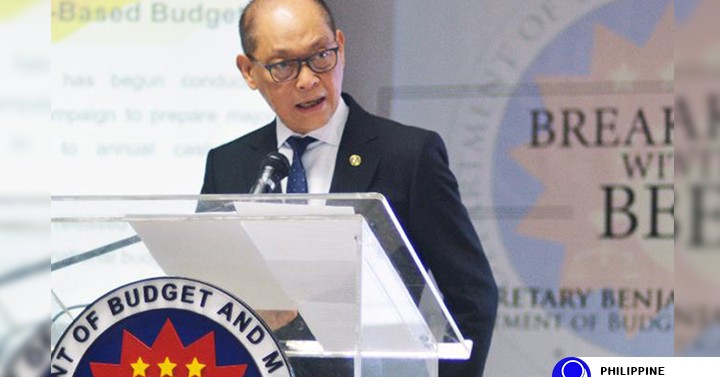The unwinding of the central bank’s relief measures to combat the coronavirus disease (COVID-19) will be “data-driven, done gradually and prudently, and communicated properly to all stakeholders,” according to Benjamin Diokno, Bangko Sentral ng Pilipinas (BSP) governor.
In an online press conference yesterday, Diokno said “timing is critical to the exit strategy.”
“(BSP’s exit strategy) will be determined by the data that we will gather on inflation as well as on the capital and liquidity of banks and the financial system, which are essential to the decision-making process,” Diokno said.
Amid the pandemic, the BSP has deployed measures to keep liquidity and credit flowing to households and businesses. These include the reduction in the overnight policy interest rate by a total of 175 basis points and lowering by 200 basis points of banks’ reserve requirements.
The BSP also implemented additional modes of compliance to encourage bank lending to micro, small and medium enterprises affected by the pandemic.
The BSP has entered into a three-month repurchase agreement with the Bureau of the Treasury to provide bridge financing to the national government’s programs to counter the impact of COVID-19.
Measures to extend financial relief to borrowers, incentivize bank lending, promote continued access to financial services, and support continued delivery of financial services were also implemented.
Diokno presented a BSP working paper, “Exit Strategies: How Do We Proceed?” which explained the “exit entails a reversion to policies that are consistent with the long-run economic growth path.”
“The paper said the process should neither cause premature withdrawal of support nor give rise to delays in necessary structural economic reforms,” Diokno said.
The paper described a four-phase macroeconomic policy response to the pandemic.
Phase 1 covered the declaration of public health emergency and community quarantines, during which the BSP issued COVID-19-related measures.
Under Phase 2, which Diokno said the country is now under, some economic sectors are allowed to operate while observing strict health protocols.
Phase 3 assumes the availability of an effective remedy to lessen COVID-19 infections and fatality rate, and that all economic sectors are allowed to fully operate.
Under Phase 4, the economy is back to the pre-COVID-19 growth path.
“The paper highlighted the need for reforms to further enhance economic resilience, such as the continued deepening of capital markets and legislative measures promoting the use of electronic financial services,” Diokno said.
He explained that reforms on electronic financial services include measures institutionalizing national interoperable bills payment service; and mandating the adoption of e-invoicing system by corporations and big businesses and issuance of electronic official receipts.
These also include measures mandating relevant government institutions to bolster the country’s telecommunications infrastructure critical in the delivery of electronic financial services; the passage of the E-Government Act; and amendments to the Consumer Act or the passage of a law to govern e-commerce.
During the press conference, Diokno also stressed the BSP is strengthening its literacy campaign to enhance public trust in the digital finance ecosystem and promote the use of digital financial services among Filipinos.


